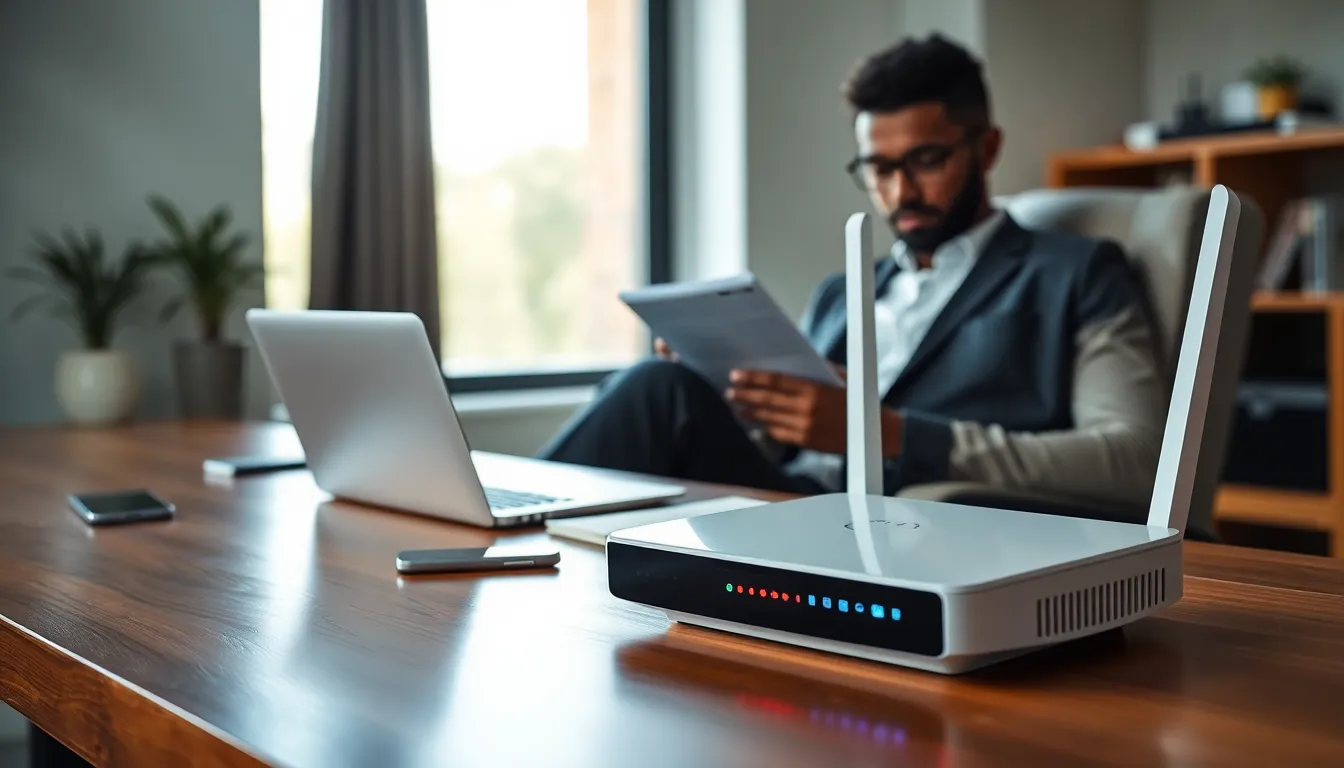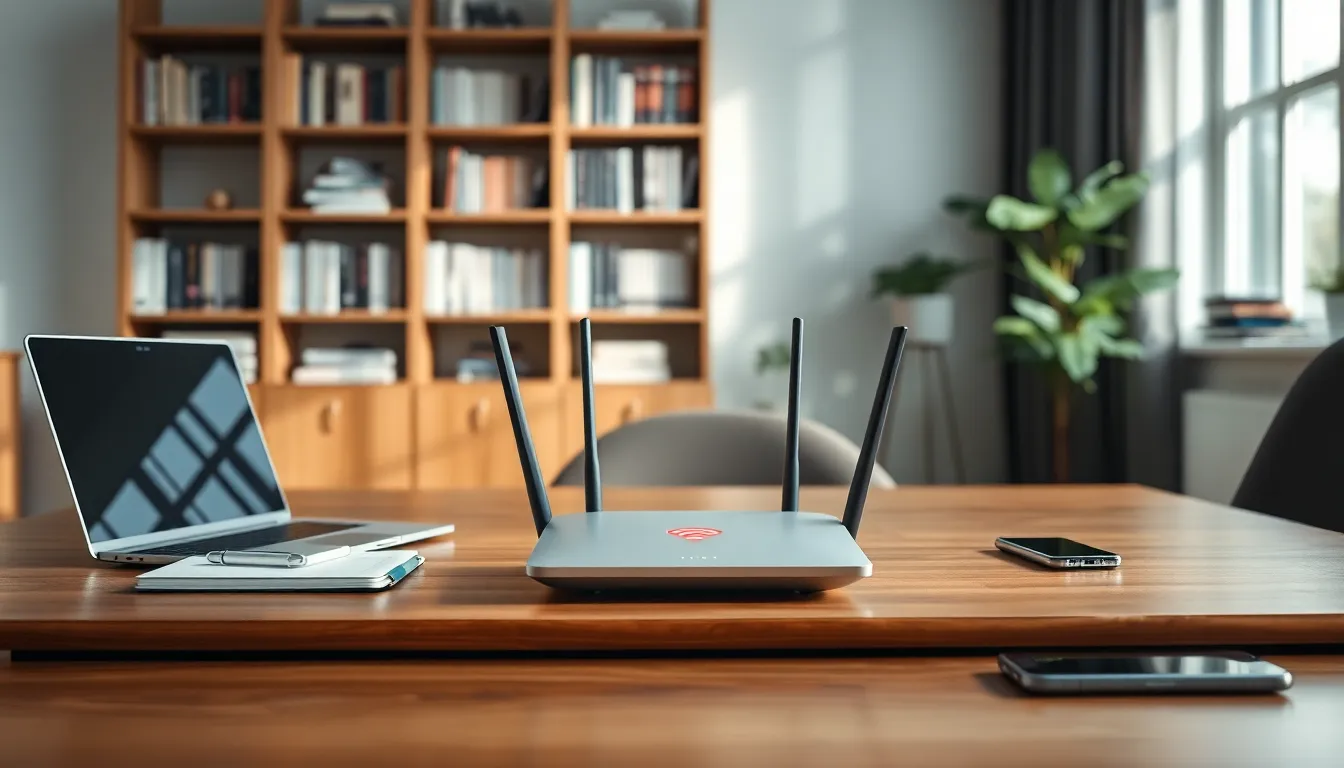Ah, the dreaded red light on your WiFi router. It’s like the universe has decided to push your buttons. If you’ve ever felt a wave of frustration wash over you as you stare at that ominous glow, joined by the sickening realization that you can’t stream your favorite show or, heaven forbid, scroll through social media, you’re not alone. But fear not. This guide is here to lighten your tech woes and guide you with clarity and a sprinkle of humor on how to tackle that red menace. Let’s jump in.
How To Fix Red Light On WiFi Router

The red light on a WiFi router serves as a warning sign, much like a flashing red traffic light. It indicates that something is out of order with your internet connection or the router itself. Knowing what that red light signifies is crucial for troubleshooting effectively. Generally, this light can signify multiple issues, including an internet outage, a hardware problem, or a firmware issue. Understanding this beacon is the first step in regaining your internet serenity.
Common Causes of a Red Light on Your WiFi Router
A red light might have several sneaky culprits behind it. Here are the most common ones:
- Internet Service Outage: Sometimes the issue isn’t with your hardware but with your provider. You can verify this by checking with neighbors or your service provider’s website.
- Router Overload: Too many devices connected to your network can overload the router.
- Hardware Failures: Much like an old car breaking down, routers age and may suddenly fail.
- Connection Issues: This could include loose cables or improperly configured settings.
Identifying the cause helps streamline the troubleshooting process. Getting to the root of the problem is your goal.
Step-by-Step Troubleshooting Guide
Here’s a handy step-by-step guide you can follow to resolve that pesky red light issue.
Rebooting Your WiFi Router
Sometimes the simplest solutions are the most effective. Unplug your router, wait for about 30 seconds, and plug it back in. This action can help clear temporary glitches that prevent connectivity. Give it a minute or two, and then check for that red light.
Checking Your Internet Connection
If that red light persists, it’s time to check your internet connection. You can do a quick power cycle on your modem (if you have one). Unplug it for about 30 seconds, just like you did with the router. Make sure that everything is connected snugly and all indicator lights signal proper functionality.
Inspecting Cables and Connections
Don’t forget to visually inspect all cables. You’d be surprised how a dislodged cable can wreak havoc on your connectivity. Ensure Ethernet and power cables are connected securely and not showing any signs of damage such as fraying or kinks. Sometimes, just a little reorganization can do wonders.
Updating Firmware and Software
If you’re still seeing red after checking connections, consider updating your router’s firmware. Manufacturers periodically release updates to fix bugs or improve performance.
To do this:
- Log into your router’s settings by entering its IP address in your browser.
- Look for a section like “Firmware Update” or “Router Update.”
- Follow the prompts to update. If you’re unsure, consult the user manual or the manufacturer’s website. Keeping your software up-to-date can make a significant difference.
Contacting Your Internet Service Provider
When all else fails, it’s time to call in the professionals. Your Internet Service Provider (ISP) can offer insights and often detect issues on their end. Be ready with your account details and any actions you’ve already taken. They might even schedule a technician to visit if there’s hardware failure.
Preventing Future Issues with Your WiFi Router
Once you’ve tackled the red light issue, consider these prevention tips:
- Regularly Restart Your Router: A quick reboot every few weeks keeps things running smoothly.
- Limit Device Connections: Ensure you don’t have an overload of devices hogging bandwidth.
- Survey Your Environment: Keep the router in an optimal location for the best signal.
- Watch for Updates: Keep that firmware fresh, and make it a routine task.
Adopting these practices can help mitigate future connectivity hiccups.

